Création des Logiciels de gestion d'Entreprise, Création et référencement des sites web, Réseaux et Maintenance, Conception




Création des Logiciels de gestion d'Entreprise, Création et référencement des sites web, Réseaux et Maintenance, Conception




 The high point of presenting Google Wave at I/O? The joy of seeing crazy smart developers react to the product and technology as we showed it publicly for the first time. The low point? Typing twephanie's Twitter password in clear text on the big screen (luckily, a team member reset it before anything questionable happened!). We had the chance to continue the Google Wave conversations through breakout sessions, which we are happy to now make available in the Google I/O series of videos now available online, and in office hours with the engineering team.
The high point of presenting Google Wave at I/O? The joy of seeing crazy smart developers react to the product and technology as we showed it publicly for the first time. The low point? Typing twephanie's Twitter password in clear text on the big screen (luckily, a team member reset it before anything questionable happened!). We had the chance to continue the Google Wave conversations through breakout sessions, which we are happy to now make available in the Google I/O series of videos now available online, and in office hours with the engineering team.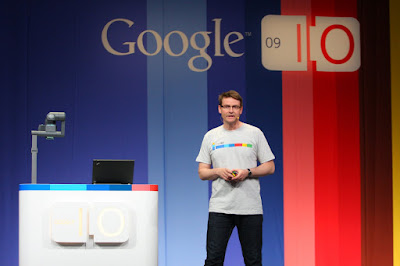

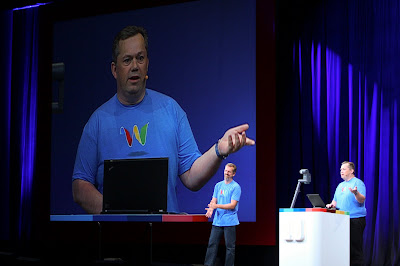
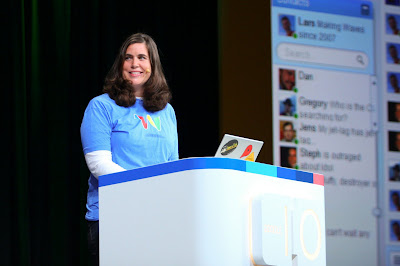
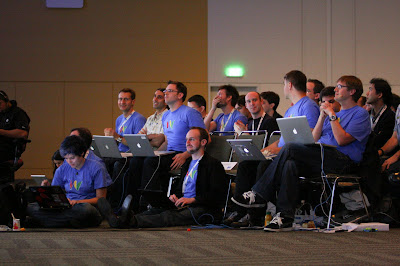

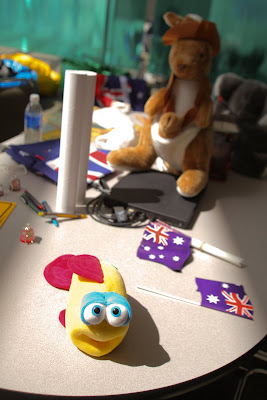
 This morning at Google I/O we are unveiling a developer preview of Google Wave, a new collaboration and communication product. Google Wave introduces a new platform built around hosted conversations called waves--this model enables people to communicate and work together in new and more effective ways. On top of that, with the Google Wave APIs, developers can take advantage of this collaborative system by building on the Google Wave platform. We want to expand upon that platform, which is why we've put together the initial draft of the Google Wave Federation Protocol, the underlying network protocol for sharing waves between wave providers.
This morning at Google I/O we are unveiling a developer preview of Google Wave, a new collaboration and communication product. Google Wave introduces a new platform built around hosted conversations called waves--this model enables people to communicate and work together in new and more effective ways. On top of that, with the Google Wave APIs, developers can take advantage of this collaborative system by building on the Google Wave platform. We want to expand upon that platform, which is why we've put together the initial draft of the Google Wave Federation Protocol, the underlying network protocol for sharing waves between wave providers.
 The Google Checkout element allows you to quickly and easily create an online store using a spreadsheet. Once you have a Google Checkout merchant account, you just have to add details for each item you're selling into a Google Spreadsheet, then use the wizard and copy/paste the code into your website. The element is compatible with Blogger, Google Sites, iGoogle, and personal websites where HTML can be modified, but doesn't require any programming skills or experience. In fact, you can get your first online store up and running in under five minutes.
The Google Checkout element allows you to quickly and easily create an online store using a spreadsheet. Once you have a Google Checkout merchant account, you just have to add details for each item you're selling into a Google Spreadsheet, then use the wizard and copy/paste the code into your website. The element is compatible with Blogger, Google Sites, iGoogle, and personal websites where HTML can be modified, but doesn't require any programming skills or experience. In fact, you can get your first online store up and running in under five minutes.
